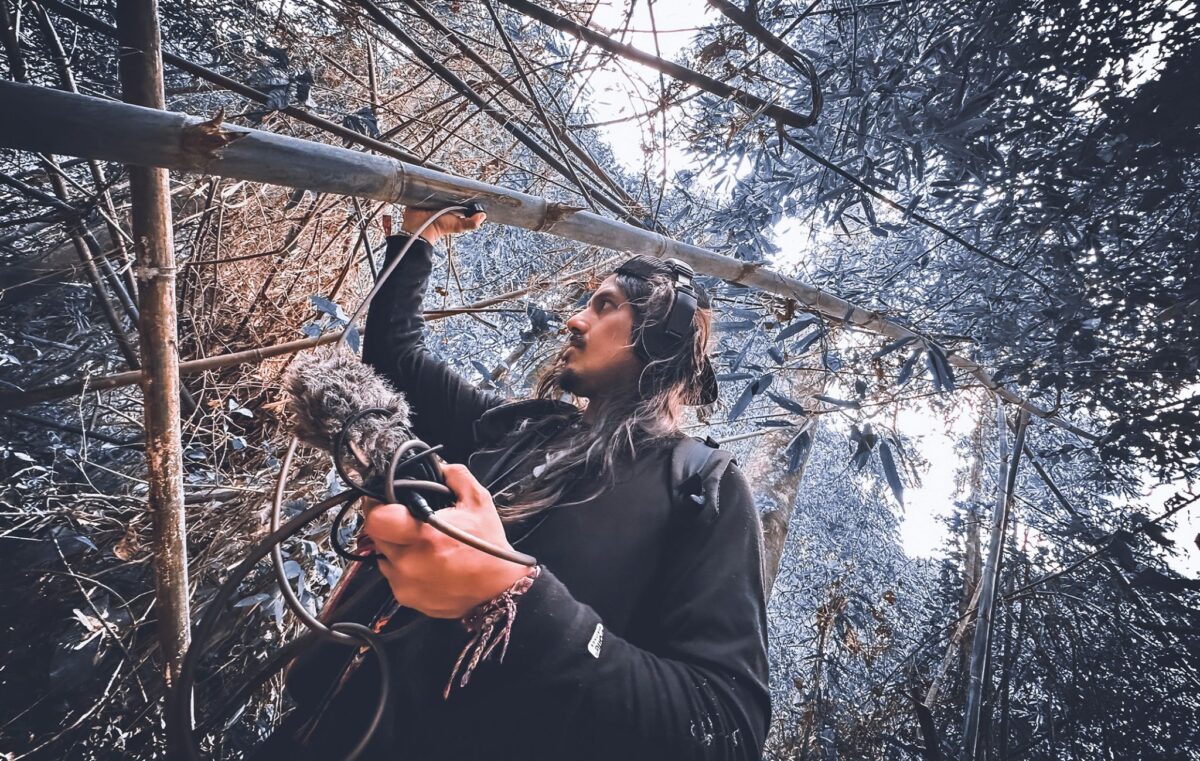DJs inspired by nature

The music began long before humans arrived. Rivers carried their basslines downstream, insects beat time in the dusk, and birds poured their arias into the dawn. For Dominik Eulberg, who grew up without radio or television, this was the only soundtrack. “Nature for me is the greatest artist of all,” he once said. When he later discovered synthesizers, they felt less like inventions of silicon and circuitry than another register of the same ancient score.
Eulberg, an ecologist by training and DJ by trade, has made it his vocation to let those hidden symphonies be heard. At festivals along the Main in Frankfurt, he layered the call of the corncrake over deep electronic pulses, thrilling dancers who mistook the bird’s cry for a machine. His albums, with names drawn from butterflies and plants, offer an invitation to hear biodiversity not as an abstraction but as melody and rhythm.
He is not alone. In the Peruvian Amazon, Tayta Bird and his collaborators record the chatter of macaws and the bass rumble of howler monkeys, weaving them into tracks that pulse with the rainforest’s vitality. Their “Nature Punk” is less rebellion than reminder: that music once came from sitting quietly in the forest, listening.
There is poignancy in this movement. As habitats shrink and species vanish, silence spreads. What these artists do is less about novelty than remembrance. They bottle fragments of the living world and return them, amplified, to crowded dance floors where the diversity of humanity mirrors the diversity of nature. “On the dance floor, everybody is the same,” Eulberg said. The same, too, in the world that sustains us.
Electronic music once seemed the anthem of machines. In the hands of such musicians it has become elegy and exhortation, carrying into the night the oldest rhythm of all.